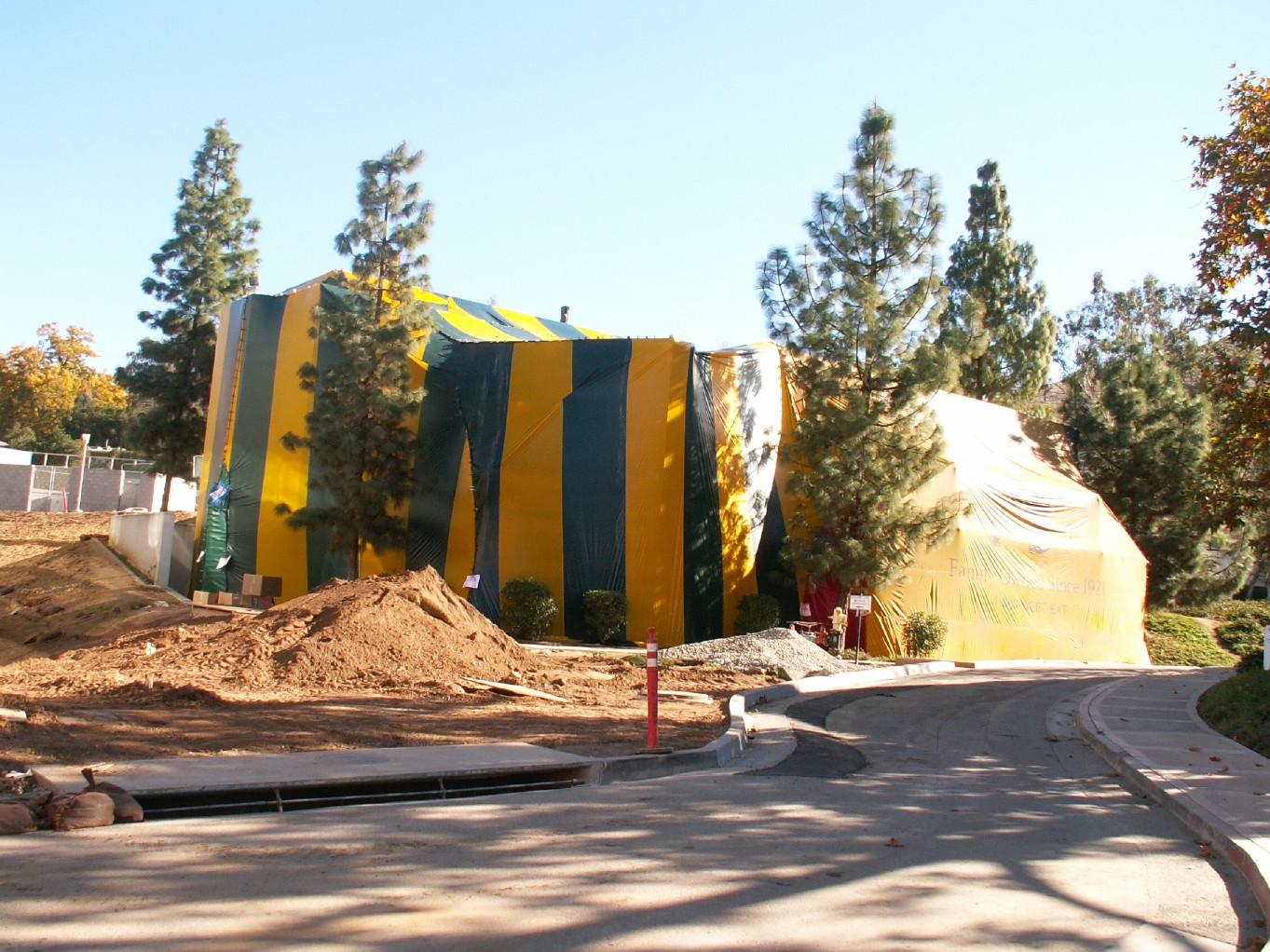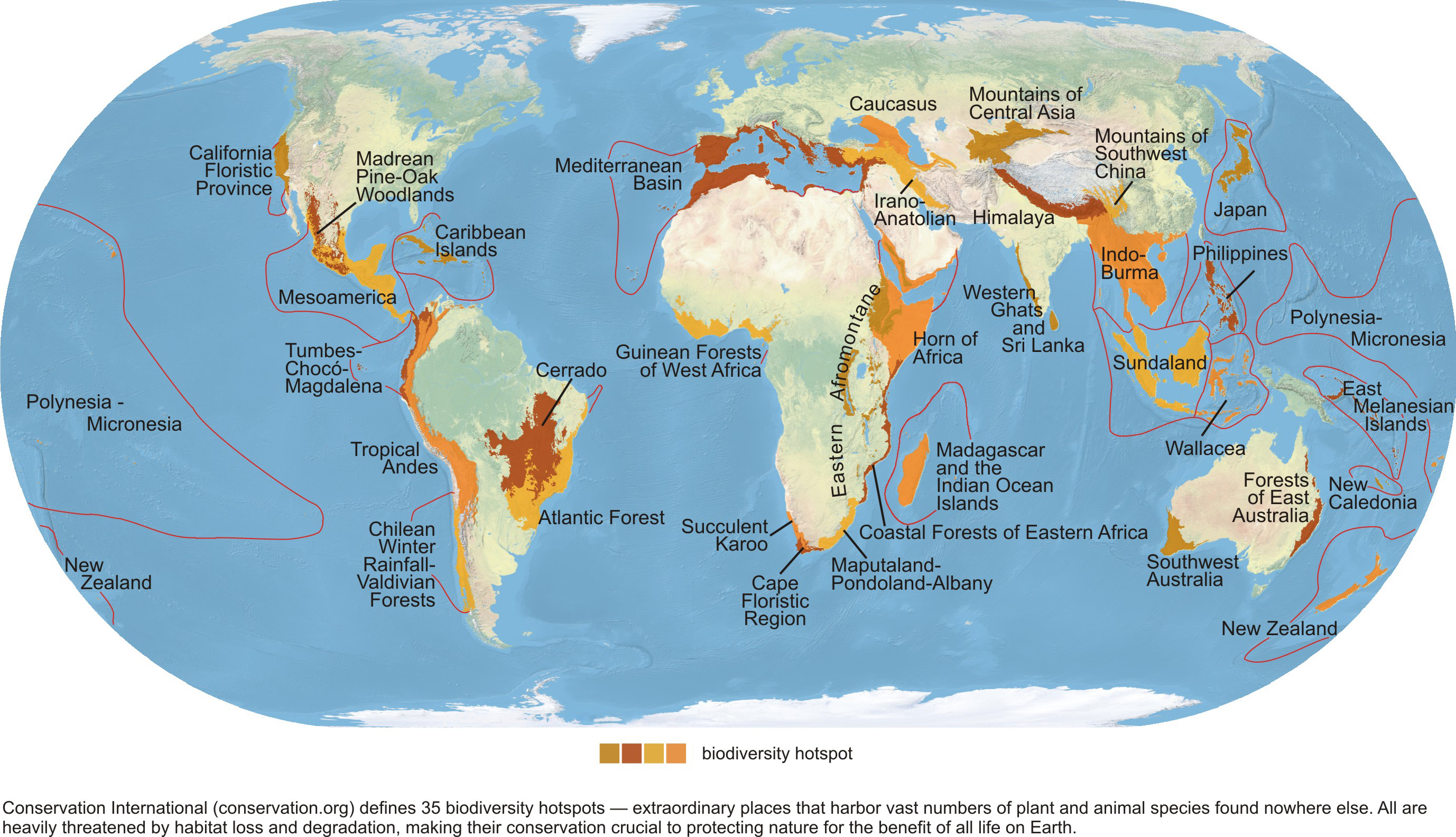|
Guajira Stubfoot Toad
The Guajira stubfoot toad or Carrikeri harlequin frog (''Atelopus carrikeri'') is a species of toad in the family Bufonidae. It is about 5 cm (2.0 in) long and typically black, though some populations have orange coloration. This species is endemic to the Sierra Nevada de Santa Marta mountain range of northern Colombia. It is critically endangered because of the chytrid fungus, '' Batrachochytrium dendrobatidis'', and habitat destruction due to agriculture. The species had not been seen from 1994 until it was rediscovered in early 2008. Taxonomy This species was initially described by Alexander G. Ruthven in 1916 from specimens collected by M. A. Carriker, Jr., in 1914. In 1994, a new species, ''Atelopus leoperezii'', was described, only to later be determined to be the Guajira stubfoot toad. Its closest relative is believed to be ''Atelopus ignescens'' of Ecuador. Description The frog is about 5.0 cm long. It has at least two color phases, with the rarer orange ... [...More Info...] [...Related Items...] OR: [Wikipedia] [Google] [Baidu] |
Alexander G
Alexander is a male given name. The most prominent bearer of the name is Alexander the Great, the king of the Ancient Greek kingdom of Macedonia who created one of the largest empires in ancient history. Variants listed here are Aleksandar, Aleksander and Aleksandr. Related names and diminutives include Iskandar, Alec, Alek, Alex, Alexandre, Aleks, Aleksa and Sander; feminine forms include Alexandra, Alexandria, and Sasha. Etymology The name ''Alexander'' originates from the (; 'defending men' or 'protector of men'). It is a compound of the verb (; 'to ward off, avert, defend') and the noun (, genitive: , ; meaning 'man'). It is an example of the widespread motif of Greek names expressing "battle-prowess", in this case the ability to withstand or push back an enemy battle line. The earliest attested form of the name, is the Mycenaean Greek feminine anthroponym , , (/ Alexandra/), written in the Linear B syllabic script. Alaksandu, alternatively called ''Alakasand ... [...More Info...] [...Related Items...] OR: [Wikipedia] [Google] [Baidu] |
Páramo
Páramo () can refer to a variety of alpine tundra ecosystems located in the Andes Mountain Range, South America. Some ecologists describe the páramo broadly as "all high, tropical, montane vegetation above the continuous timberline". A narrower term classifies the páramo according to its regional placement in the northern Andes of South America and adjacent southern Central America. The páramo is the ecosystem of the regions above the continuous forest line, yet below the permanent snowline. It is a "Neotropical high mountain biome with a vegetation composed mainly of giant rosette plants, shrubs and grasses". According to scientists, páramos may be " evolutionary hot spots", that meaning that it's among the fastest evolving regions on Earth. Location The Northern Andean Páramo global ecoregion includes the Cordillera Central páramo (Ecuador, Peru), Santa Marta páramo (Colombia), Cordillera de Merida páramo (Venezuela) and Northern Andean páramo (Colombia, Ecuado ... [...More Info...] [...Related Items...] OR: [Wikipedia] [Google] [Baidu] |
Taxa Named By Alexander Grant Ruthven
In biology, a taxon (back-formation from ''taxonomy''; plural taxa) is a group of one or more populations of an organism or organisms seen by taxonomists to form a unit. Although neither is required, a taxon is usually known by a particular name and given a particular ranking, especially if and when it is accepted or becomes established. It is very common, however, for taxonomists to remain at odds over what belongs to a taxon and the criteria used for inclusion. If a taxon is given a formal scientific name, its use is then governed by one of the nomenclature codes specifying which scientific name is correct for a particular grouping. Initial attempts at classifying and ordering organisms (plants and animals) were set forth in Carl Linnaeus's system in ''Systema Naturae'', 10th edition (1758), as well as an unpublished work by Bernard and Antoine Laurent de Jussieu. The idea of a unit-based system of biological classification was first made widely available in 1805 in the intr ... [...More Info...] [...Related Items...] OR: [Wikipedia] [Google] [Baidu] |
Amphibians Described In 1916
Amphibians are four-limbed and ectothermic vertebrates of the class Amphibia. All living amphibians belong to the group Lissamphibia. They inhabit a wide variety of habitats, with most species living within terrestrial, fossorial, arboreal or freshwater aquatic ecosystems. Thus amphibians typically start out as larvae living in water, but some species have developed behavioural adaptations to bypass this. The young generally undergo metamorphosis from larva with gills to an adult air-breathing form with lungs. Amphibians use their skin as a secondary respiratory surface and some small terrestrial salamanders and frogs lack lungs and rely entirely on their skin. They are superficially similar to reptiles like lizards but, along with mammals and birds, reptiles are amniotes and do not require water bodies in which to breed. With their complex reproductive needs and permeable skins, amphibians are often ecological indicators; in recent decades there has been a dramat ... [...More Info...] [...Related Items...] OR: [Wikipedia] [Google] [Baidu] |
Endemic Fauna Of Colombia
Endemism is the state of a species being found in a single defined geographic location, such as an island, state, nation, country or other defined zone; organisms that are indigenous to a place are not endemic to it if they are also found elsewhere. For example, the Cape sugarbird is found exclusively in southwestern South Africa and is therefore said to be ''endemic'' to that particular part of the world. An endemic species can be also be referred to as an ''endemism'' or in scientific literature as an ''endemite''. For example ''Cytisus aeolicus'' is an endemite of the Italian flora. ''Adzharia renschi'' was once believed to be an endemite of the Caucasus, but it was later discovered to be a non-indigenous species from South America belonging to a different genus. The extreme opposite of an endemic species is one with a cosmopolitan distribution, having a global or widespread range. A rare alternative term for a species that is endemic is "precinctive", which applies to s ... [...More Info...] [...Related Items...] OR: [Wikipedia] [Google] [Baidu] |
Amphibians Of Colombia
Amphibians are four-limbed and ectothermic vertebrates of the class Amphibia. All living amphibians belong to the group Lissamphibia. They inhabit a wide variety of habitats, with most species living within terrestrial, fossorial, arboreal or freshwater aquatic ecosystems. Thus amphibians typically start out as larvae living in water, but some species have developed behavioural adaptations to bypass this. The young generally undergo metamorphosis from larva with gills to an adult air-breathing form with lungs. Amphibians use their skin as a secondary respiratory surface and some small terrestrial salamanders and frogs lack lungs and rely entirely on their skin. They are superficially similar to reptiles like lizards but, along with mammals and birds, reptiles are amniotes and do not require water bodies in which to breed. With their complex reproductive needs and permeable skins, amphibians are often ecological indicators; in recent decades there has been a dramati ... [...More Info...] [...Related Items...] OR: [Wikipedia] [Google] [Baidu] |
Atelopus
''Atelopus'' is a large genus of Bufonidae, commonly known as harlequin frogs or toads, from Central and South America, ranging as far north as Costa Rica and as far south as Bolivia. ''Atelopus'' species are small, generally brightly colored, and diurnal. Most species are associated with mid-to-high elevation streams. This genus has been greatly affected by amphibian declines, and many species are now considered endangered, while others already are extinct. Almost 40% of the described species in the genus are considered possibly extinct; this is raised to 45% when data deficient species are added; this number may be even higher, given that the genus contains many undescribed species that could also be extinct, and many of the species considered critically endangered but extant may have gone extinct after the last surveys that detected them, or could go extinct in the future. While threatened by habitat loss, pollution, and introduced species, the primary cause of these decli ... [...More Info...] [...Related Items...] OR: [Wikipedia] [Google] [Baidu] |
Fumigation
Fumigation is a method of pest control or the removal of harmful micro-organisms by completely filling an area with gaseous pesticides—or fumigants—to suffocate or poison the pests within. It is used to control pests in buildings (structural fumigation), soil, grain, and produce. Fumigation is also used during the processing of goods for import or export to prevent the transfer of Introduced species, exotic organisms. Structural fumigation targets pests inside buildings (usually residences), including pests that inhabit the physical structure itself, such as woodborers and drywood termites. Commodity fumigation, on the other hand, is also to be conducted inside a physical structure, such as a storage unit, but it aims to eliminate pests from infesting physical goods, usually food products, by killing pests within the container which will house them. Each fumigation lasts for a certain duration. This is because after spraying the pesticides, or fumigants, only the pes ... [...More Info...] [...Related Items...] OR: [Wikipedia] [Google] [Baidu] |
Climate Change
In common usage, climate change describes global warming—the ongoing increase in global average temperature—and its effects on Earth's climate system. Climate change in a broader sense also includes previous long-term changes to Earth's climate. The current rise in global average temperature is more rapid than previous changes, and is primarily caused by humans burning fossil fuels. Fossil fuel use, deforestation, and some agricultural and industrial practices increase greenhouse gases, notably carbon dioxide and methane. Greenhouse gases absorb some of the heat that the Earth radiates after it warms from sunlight. Larger amounts of these gases trap more heat in Earth's lower atmosphere, causing global warming. Due to climate change, deserts are expanding, while heat waves and wildfires are becoming more common. Increased warming in the Arctic has contributed to melting permafrost, glacial retreat and sea ice loss. Higher temperatures are also causin ... [...More Info...] [...Related Items...] OR: [Wikipedia] [Google] [Baidu] |
Habitat Loss
Habitat destruction (also termed habitat loss and habitat reduction) is the process by which a natural habitat becomes incapable of supporting its native species. The organisms that previously inhabited the site are displaced or dead, thereby reducing biodiversity and species abundance. Habitat destruction is the leading cause of biodiversity loss. Fragmentation and loss of habitat have become one of the most important topics of research in ecology as they are major threats to the survival of endangered species. Activities such as harvesting natural resources, industrial production and urbanization are human contributions to habitat destruction. Pressure from agriculture is the principal human cause. Some others include mining, logging, trawling, and urban sprawl. Habitat destruction is currently considered the primary cause of species extinction worldwide. Environmental factors can contribute to habitat destruction more indirectly. Geological processes, climate change, ... [...More Info...] [...Related Items...] OR: [Wikipedia] [Google] [Baidu] |
Tadpole
A tadpole is the larval stage in the biological life cycle of an amphibian. Most tadpoles are fully aquatic, though some species of amphibians have tadpoles that are terrestrial. Tadpoles have some fish-like features that may not be found in adult amphibians such as a lateral line, gills and swimming tails. As they undergo metamorphosis, they start to develop functional lungs for breathing air, and the diet of tadpoles changes drastically. A few amphibians, such as some members of the frog family Brevicipitidae, undergo direct development i.e., they do not undergo a free-living larval stage as tadpoles instead emerging from eggs as fully formed "froglet" miniatures of the adult morphology. Some other species hatch into tadpoles underneath the skin of the female adult or are kept in a pouch until after metamorphosis. Having no hard skeletons, it might be expected that tadpole fossils would not exist. However, traces of biofilms have been preserved and fossil tadpol ... [...More Info...] [...Related Items...] OR: [Wikipedia] [Google] [Baidu] |

.png)
.jpg)



